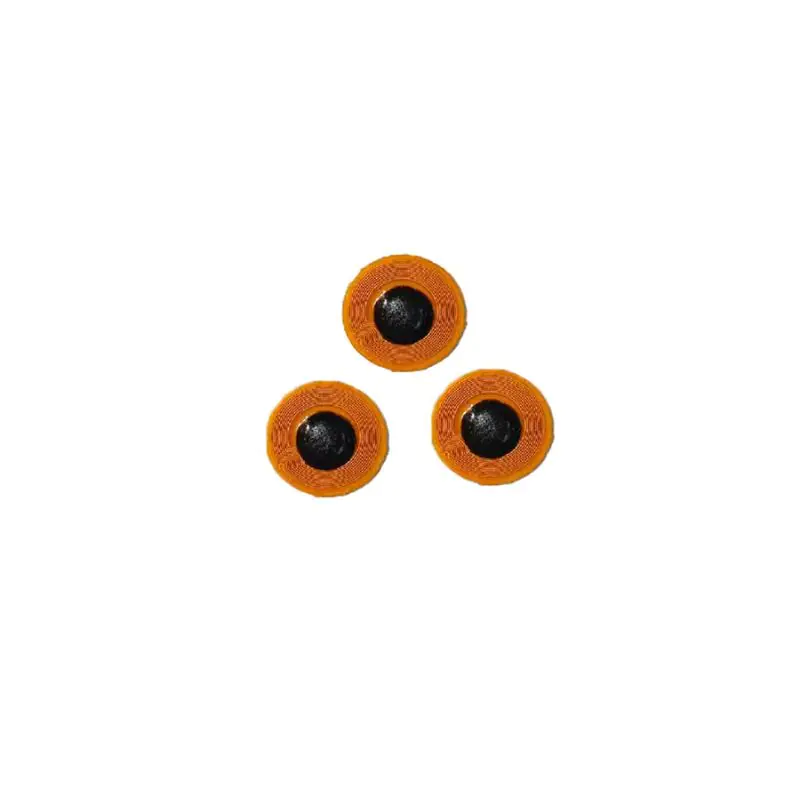
आरएफआईडी टैग कैसे काम करते हैं?
विषयसूची
A Complete Beginner’s Guide to Passive & Active RFID Systems
But how exactly do RFID tags work — and which type is right for your application?
In this guide, we’ll explain how RFID tags function, the types available, and their use in logistics, retail, healthcare, and manufacturing.

आरएफआईडी टैग क्या है?
An RFID tag is a small device that stores data and communicates wirelessly with an RFID reader. Tags can be embedded into objects, worn as wristbands, or attached to assets using adhesive, screws, or ties.
Every RFID tag contains two essential components:
Microchip – stores a unique ID and sometimes user-defined data
Antenna – transmits and receives signals to/from a reader
Some tags also contain a battery (for active tags) to boost range and signal strength.
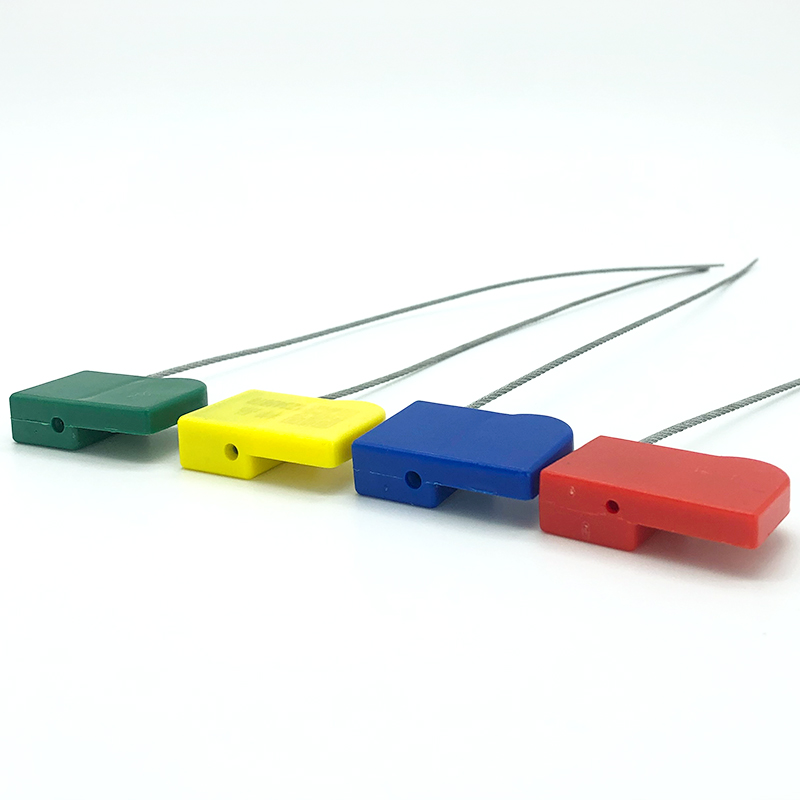
How Do RFID Systems Work?
An RFID system typically includes three main components:
1. RFID Tag – Attached to the item or asset
2. आरएफआईडी रीडर – Sends a signal and receives data from tags
3. Backend System (Software/Database) – Stores and processes the tag data.
The Process:
- The reader emits radio waves.
- The tag receives the signal and sends back its stored data.
- The backend system logs, processes, or automates actions based on that data.
This entire interaction can happen in real-time, without physical contact.
आरएफआईडी टैग के प्रकार
There are three main types of RFID tags, each with unique capabilities:
निष्क्रिय आरएफआईडी टैग
शक्ति का स्रोत: No battery (powered by the reader signal)
पढ़ने की सीमा: Up to 12 meters (typically less)
Lifespan: 10+ वर्ष
लागत: कम
Best For:
- Retail inventory
- Library book tracking
- आपूर्ति श्रृंखला रसद
- Smart shelves and anti-theft systems
Passive RFID is the most commonly used type. It is durable, cost-effective, and reliable for short—to mid-range scanning.
सक्रिय आरएफआईडी टैग
शक्ति का स्रोत: आंतरिक बैटरी
पढ़ने की सीमा: 30–100 meters or more
Lifespan: 3–5 years (battery dependent)
लागत: उच्च
Best For:
- Vehicle and fleet tracking
Real-time location systems (RTLS) - Construction and mining safety
- Cold chain logistics
Active tags constantly broadcast signals and are ideal for real-time, long-range tracking in large environments.
Semi-Passive (Battery-Assisted) RFID Tags
- Powered by a battery but only activates when triggered by a reader
- Greater reliability in difficult environments (metal, liquids)
- Balances range and battery life
Semi-passive tags are used in harsh industrial or medical environments where passive tags may fail.

आरएफआईडी टैग का उपयोग किस लिए किया जाता है?
RFID tags are used in dozens of industries to increase efficiency, visibility, and control.
Logistics & Supply Chain
- Track goods throughout warehouses and delivery
- Automate receiving and dispatch processes
Retail & Inventory
- Real-time stock visibility
- Reduce shrinkage and stockouts
स्वास्थ्य देखभाल
- Track medical equipment and supplies
- Patient safety (ID wristbands, medication matching)
उत्पादन
- Tracked parts through production lines.
- Ensure quality control and traceability
Understanding RFID Tag Range
Several factors impact how far a tag can communicate:
| Factor | Effect |
|---|---|
| Tag type | Active tags have longer range |
| Frequency band | UHF > HF > LF (in range) |
| पर्यावरण | Metal/liquid can interfere |
| Reader placement | Affects scan efficiency |
Tip: Use धातु पर लगे RFID टैग for challenging environments like manufacturing.
How to Attach RFID Tags Correctly
Improper placement can affect readability. Here’s what to consider:
Avoid metal/liquid unless using specialized tags
Place in an exposed, accessible location
Use adhesive, screws, or zip ties based on environment
आरएफआईडी टैग और स्मार्ट लेबल: क्या अंतर है?
आरएफआईडी टैग और स्मार्ट लेबल को लेकर अक्सर भ्रम होता है, लेकिन वे अलग-अलग उद्देश्य पूरा करते हैं:
आरएफआईडी टैग: आमतौर पर अधिक टिकाऊ और बहुमुखी, आरएफआईडी टैग का उपयोग अनुप्रयोगों की एक विस्तृत श्रृंखला में किया जाता है जहां दीर्घकालिक ट्रैकिंग और पहचान की आवश्यकता होती है।
स्मार्ट लेबल: ये मूलतः RFID टैग हैं जो पारंपरिक मुद्रित लेबल के भीतर एम्बेडेड होते हैं। स्मार्ट लेबल अधिक लचीले होते हैं और इन्हें मांग पर मुद्रित किया जा सकता है, जिससे ये इन्वेंट्री प्रबंधन और खुदरा अनुप्रयोगों के लिए आदर्श बन जाते हैं।
आरएफआईडी टैग और स्मार्ट लेबल के बीच चयन अनुप्रयोग की विशिष्ट आवश्यकताओं पर निर्भर करता है, जिसमें स्थायित्व, लागत और आवश्यक विशेषताएं शामिल हैं।
आरएफआईडी प्रौद्योगिकी का भविष्य: रुझान और नवाचार
आरएफआईडी प्रौद्योगिकी का विकास जारी है, तथा इसके कई रोमांचक रुझान सामने आ रहे हैं:
IoT एकीकरण: RFID इंटरनेट ऑफ थिंग्स (IoT) का एक अभिन्न अंग बन रहा है, जो भौतिक वस्तुओं और डिजिटल प्रणालियों के बीच निर्बाध कनेक्टिविटी और डेटा विनिमय को सक्षम बनाता है।
Smaller and More Efficient Tags: Technological advances are leading to smaller, more powerful RFID tags that can be used in more applications.
बढ़ती हुई स्वीकृति: जैसे-जैसे लागत में कमी आ रही है और प्रौद्योगिकी में सुधार हो रहा है, अधिकाधिक उद्योग दक्षता में सुधार लाने और लागत कम करने के लिए RFID प्रणालियों को अपना रहे हैं।
आरएफआईडी का भविष्य उज्ज्वल है, जिसमें नवाचारों से इसकी क्षमताओं में और वृद्धि होगी तथा इसके अनुप्रयोगों का विस्तार होगा।
Choosing the Right RFID Tag for Your Application
When selecting an RFID tag, consider the following:
- Read range needed
- Tag environment (metal, water, heat, chemicals)
- Data requirements (read-only or read/write)
- Cost per unit
- Integration with your existing system
Need help choosing? हमसे संपर्क करें for expert advice or request a free sample kit to test in your environment.
टिप्पणियाँ
गर्म उत्पाद
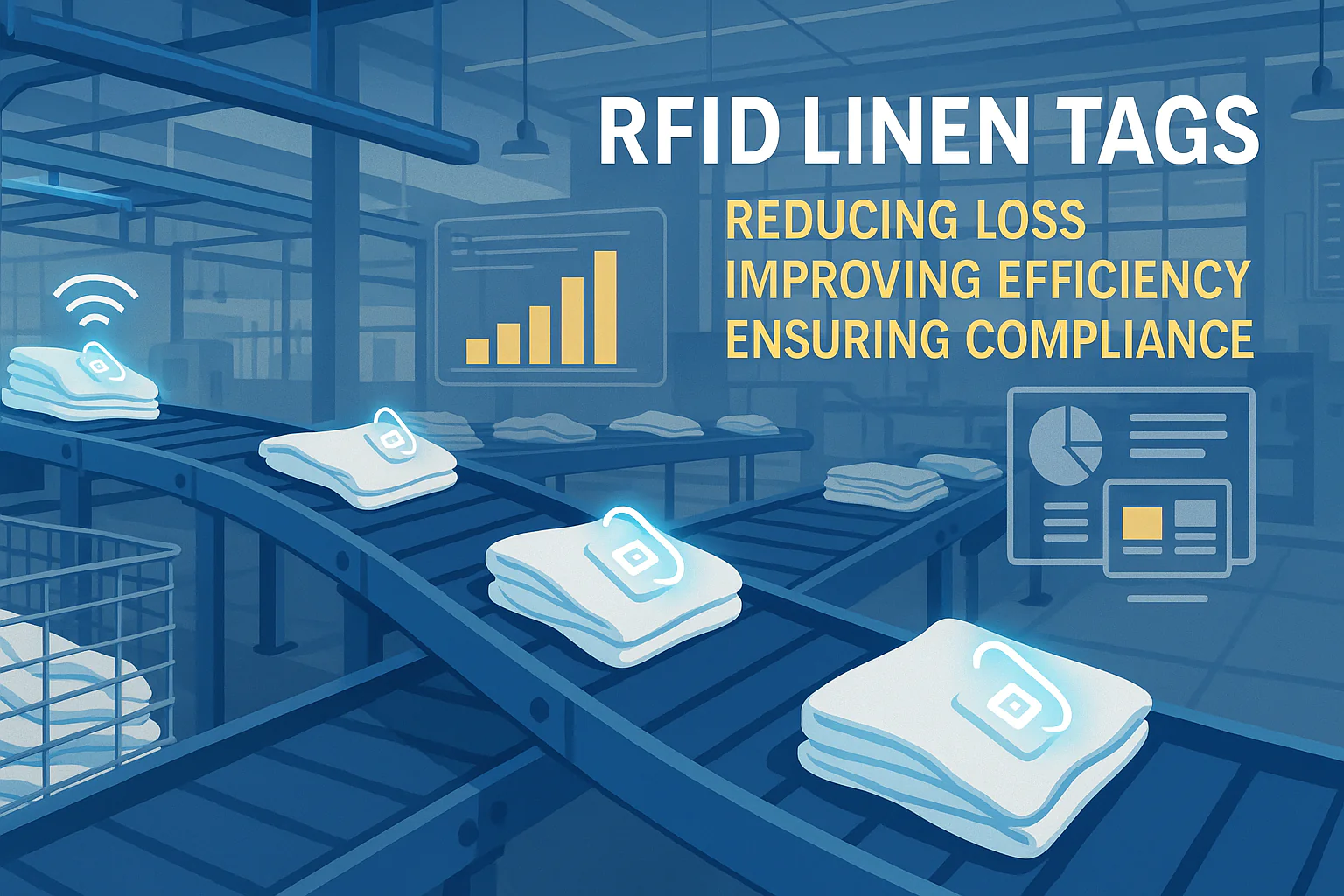
The Benefits of RFID Linen Tags in Commercial Laundry
Managing laundry in hospitals, hotels, or large laundry services is a big job. Each day, thousands of sheets, towels, and uniforms are washed, sorted, and sent back out. But problems like lost linens, sorting mistakes, and manual counting can cost companies a lot of money. For example, mid-sized hotels can lose over $200,000 each year from missing linens.
That’s where RFID Linen Tags come in.

RFID Laundry Tag Guide 2025: Smarter Tracking, Less Waste, and Real Results
Did you know that smart RFID systems can reduce laundry losses by up to 95%? That’s a game-changer for laundry businesses that lose time and money tracking items manually.
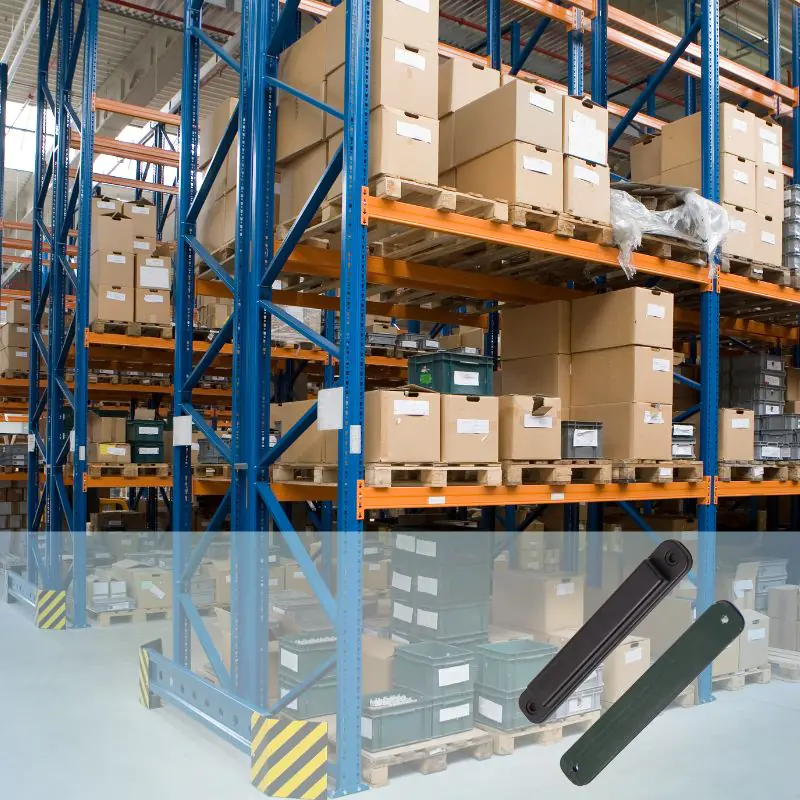
How RFID Tags for Pallet Streamline Tracking in Warehouses
Pallet-level tracking is critical for inventory accuracy, operational efficiency, and real-time visibility in today’s fast-paced logistics and supply chain environments.
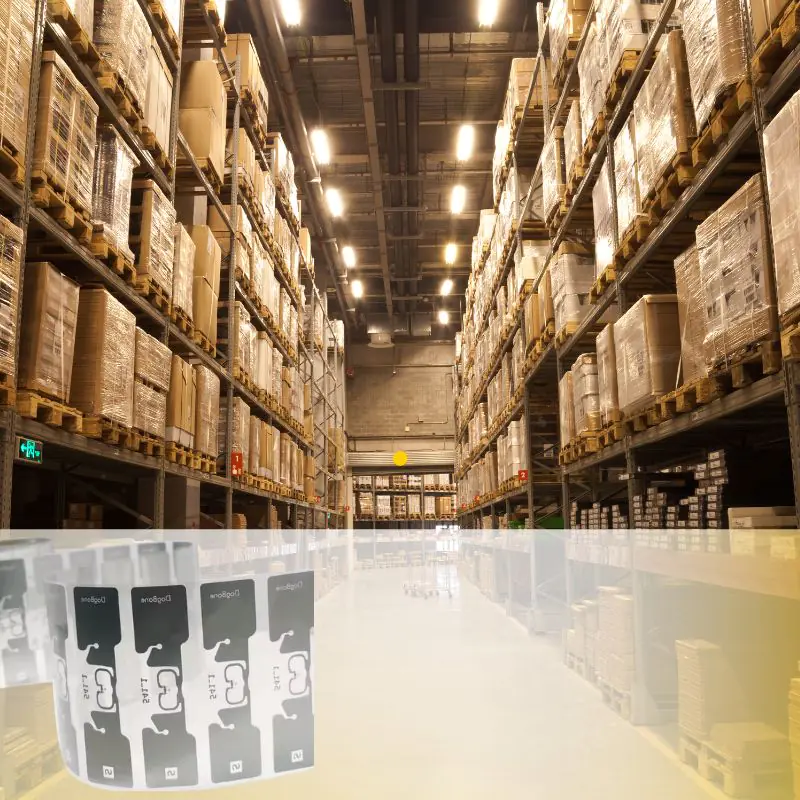
Top 5 Types RFID Tag for Warehouse Automation
Warehouse operations are becoming more complex, and manual tracking methods can’t keep up. RFID tags for warehouse automation enable real-time data capture, faster inventory processing, and better traceability.
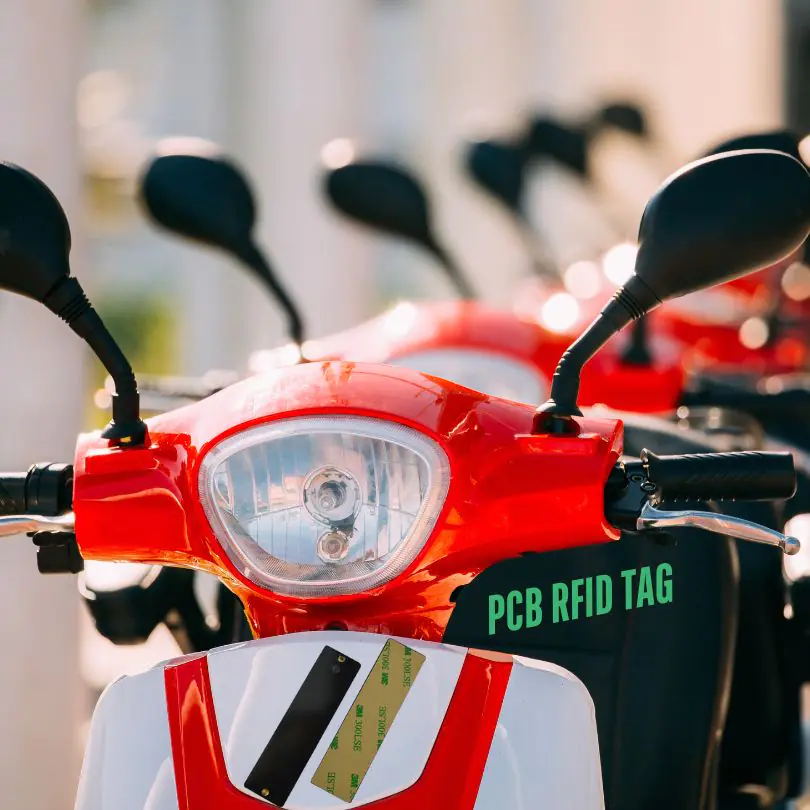
RFID Smart License Plates Help Hengshui to Track The E-Bikes
As urbanization accelerates and the green travel movement gains momentum, electric bicycles have become vital to daily commuting in Hengshui, Henan Province.

पीसीबी टैग क्या है?
जानें कि कैसे नवीन टैग और आरएफआईडी समाधान खुदरा और रसद से लेकर स्वास्थ्य सेवा और शिक्षा तक के उद्योगों को बदल देते हैं।
टैग
संबंधित ब्लॉग

The Benefits of RFID Linen Tags in Commercial Laundry
Managing laundry in hospitals, hotels, or large laundry services is a big job. Each day, thousands of sheets, towels, and uniforms are washed, sorted, and sent back out. But problems like lost linens, sorting mistakes, and manual counting can cost companies a lot of money. For example, mid-sized hotels can lose over $200,000 each year from missing linens.
That’s where RFID Linen Tags come in.

RFID Laundry Tag Guide 2025: Smarter Tracking, Less Waste, and Real Results
Did you know that smart RFID systems can reduce laundry losses by up to 95%? That’s a game-changer for laundry businesses that lose time and money tracking items manually.

How RFID Tags for Pallet Streamline Tracking in Warehouses
Pallet-level tracking is critical for inventory accuracy, operational efficiency, and real-time visibility in today’s fast-paced logistics and supply chain environments.

